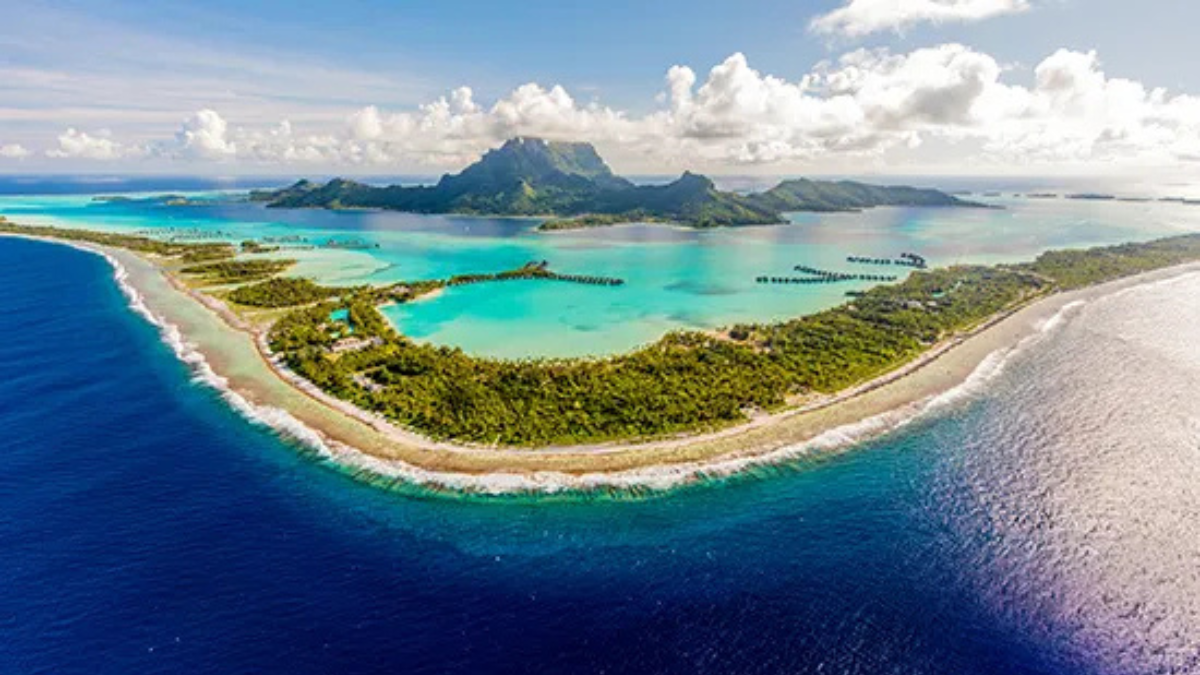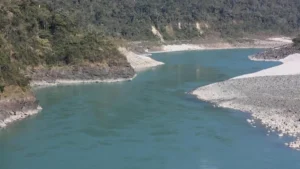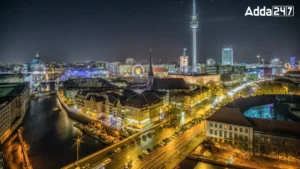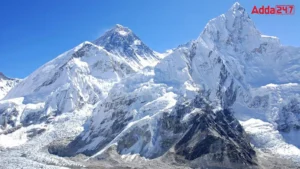India, a land of rich cultural heritage and diverse landscapes, is not only known for its vast mainland but also for its captivating islands scattered across various coastlines. In 2025, these islands continue to enchant visitors with their unique ecosystems, historical significance, and vibrant local cultures. Here is a curated list of notable islands in India that beckon explorers in the current year.
What is an Island?
An island is a landmass, smaller than a continent, entirely surrounded by water. Characterized by its isolation, islands vary in size, ranging from small islets to expansive landforms. They often boast unique ecosystems, diverse flora and fauna, and distinctive cultural influences. Islands hold significance in geography, ecology, and human history, shaping the world’s natural and cultural landscapes.
Islands of India 2025
India’s expansive mainland is complemented by two island groups: the Lakshadweep Islands and the Andaman and Nicobar Islands. Notable for coral formations, these islands feature equatorial vegetation and experience convectional rainfall. The Lakshadweep Islands, situated in the Arabian Sea, and the Andaman and Nicobar Islands in the Bay of Bengal, contribute to India’s diverse geography. With their rich ecosystems, including coral deposits and picturesque beaches, these islands showcase the country’s natural diversity and climatic variations, making them unique destinations.
How many Islands are there in India?
India is home to a multitude of islands, and the specific count can fluctuate based on defining criteria. Exceeding 1,200 in number, notable islands includes:
- Andaman Islands
- Nicobar Islands
- Lakshadweep Islands
- Elephanta Island
- Rameswaram Island
- Diu Island
- Daman Island
- Mary’s Island
- Majuli Island
- Neil Island
Islands of India – Map
India’s island landscape is diverse and captivating. From the Andaman and Nicobar Islands in the Bay of Bengal to Lakshadweep in the Arabian Sea, these islands contribute to India’s rich geography. Each island group is unique, offering a blend of cultural heritage, stunning landscapes, and ecological wonders that define the country’s maritime charm.
Islands of India – Andaman and Nicobar Islands
The Andaman and Nicobar Islands, a union territory of India, lie in the Bay of Bengal, forming a slender north-south chain between 6° 45′ N to 13° 45′ N. This archipelago, consisting of 572 islands, 37 of which are inhabited, marks the convergence of the Bay of Bengal and the Andaman Sea. Notable for their substantial size and considerable number, these islands are strategically positioned in the maritime expanse.
Key Facts Related to Andaman and Nicobar Islands
Here are some of the key facts related to Andaman and Nicobar Islands:
- The Andaman and Nicobar Islands collectively cover approximately 8,249 km².
- The archipelago comprises three main sections: North Andaman, Middle Andaman, and South Andaman.
- Positioned between 6° 45′ N to 13° 45′ N and 92° 10′ E to 94° 15′ E, the islands include the Andaman group and Nicobar group, separated by the Ten Degree Channel.
- Duncan’s Passage separates Little Andaman from South Andaman.
- Port Blair is the capital, with three regions: Nicobar District, South Andaman, and North and Middle Andaman.
- Among the Nicobar Islands, Great Nicobar is the largest, and Car Nicobar is the northernmost.
- Barren Islands, the sole active volcanoes in India, last erupted in 2017.
- The highest peak, Saddle Top (737 m), is in North Andaman.
- Coral reefs surround some islands, while dense forests cover many, and most have rocky terrain.
- Known as the Emerald Islands, the Andaman and Nicobar Islands have a tropical marine climate.
- Vulnerable to earthquakes, the region is a habitat for the uncontacted Sentinelese people.
Islands in India – Lakshadweep Island
Situated south of Kerala’s Malabar coast, the Lakshadweep Islands form a cluster of small coral islands in the Arabian Sea. This archipelago encompasses 36 islands, covering a total area of 32 square kilometers and spanning between 8° N and 12° N latitude. Known for their pristine beauty, these islands are a tropical paradise with turquoise waters and vibrant marine life, attracting visitors to their idyllic charm.
Key Facts Related to Lakshadweep Island
Here are some of the key facts related to Lakshadweep Island of Island:
- In 1973, the Lakshadweep Islands were formed by amalgamating various islands, with administrative headquarters at Kavaratti.
- Pitti Island, an uninhabited part, serves as a bird sanctuary in the archipelago.
- The name “Lakshadweep” in Malayalam and Sanskrit translates to “a hundred thousand islands.”
- These coral islands are associated with Reunion Hotspot volcanism.
- Lakshadweep, a Union Territory since 1973, was formerly known as Laccadive, Minicoy, and Amindivi Islands.
- Key islands include Kavaratti, Agatti, Minicoy, and Amini, covering a total area of 32 sq km.
- The region experiences a tropical climate with temperatures ranging from 27°C to 32°C.
- Andrott Island, the largest in Lakshadweep, features dense coconut forests and lies between 10° 48′ and 10° 50′ N latitude and 73° 38′ and 73° 42′ E longitude.
- Mini Coy Island, the largest among Lakshadweep, is south of the nine-degree channel and separated from the main archipelago by the 8 Degree Channel and the Maldives by the 9 Degree Channel.
Some Other Important Islands of India
Let’s know about some of the other important islands of Island:
- Majuli Island: Nestled in the Indian state of Assam, Majuli Island stands as a sizable river island within the Brahmaputra. Renowned as one of Assam’s largest islands, Majuli heavily relies on agriculture for sustenance. However, the island confronts a significant environmental peril due to ongoing soil erosion, posing a serious threat to its ecological balance and the livelihoods of its inhabitants.
- Rameswaram Island: Rameswaram Island, located in the Gulf of Mannar, Tamil Nadu, is renowned for its religious significance. Connected to the mainland by the Pamban Bridge, this sacred island is home to the revered Ramanathaswamy Temple. Pilgrims flock to this spiritual haven, surrounded by the tranquil waters of the Gulf of Mannar, making it a harmonious blend of religious sanctity and natural beauty.
- Elephanta Island: Nestled in Mumbai Harbor, Elephanta Island is renowned for the UNESCO-listed Elephanta Caves, featuring rock-cut temples dedicated to Lord Shiva.
- Diwar Island: Found in Goa’s Mandovi River, Diwar Island, or Divar Island, is celebrated for its picturesque landscapes and charming Portuguese-style houses.
- Saint Mary’s Island: Off Karnataka’s coast, these islands boast distinct hexagonal basaltic rock formations, adding to their unique allure.
- Netrani Island: Known as Pigeon Island, this small Karnataka coast gem is famed for vibrant coral reefs and diverse marine life.
- Bet Dwarka: Near Dwarka in Gujarat, Bet Dwarka is believed to be Lord Krishna’s original dwelling, drawing pilgrims and history enthusiasts.
- Sundarbans: Stretching across West Bengal and Bangladesh, the Sundarbans delta features a distinctive ecosystem, intertwined waterways, islands, and mangrove forests, creating a vital ecological haven.




 Which Glacier is the Source of the Brahm...
Which Glacier is the Source of the Brahm...
 Which City of Germany is Known as the Gr...
Which City of Germany is Known as the Gr...
 Which Peak is Known as the Five Treasure...
Which Peak is Known as the Five Treasure...







